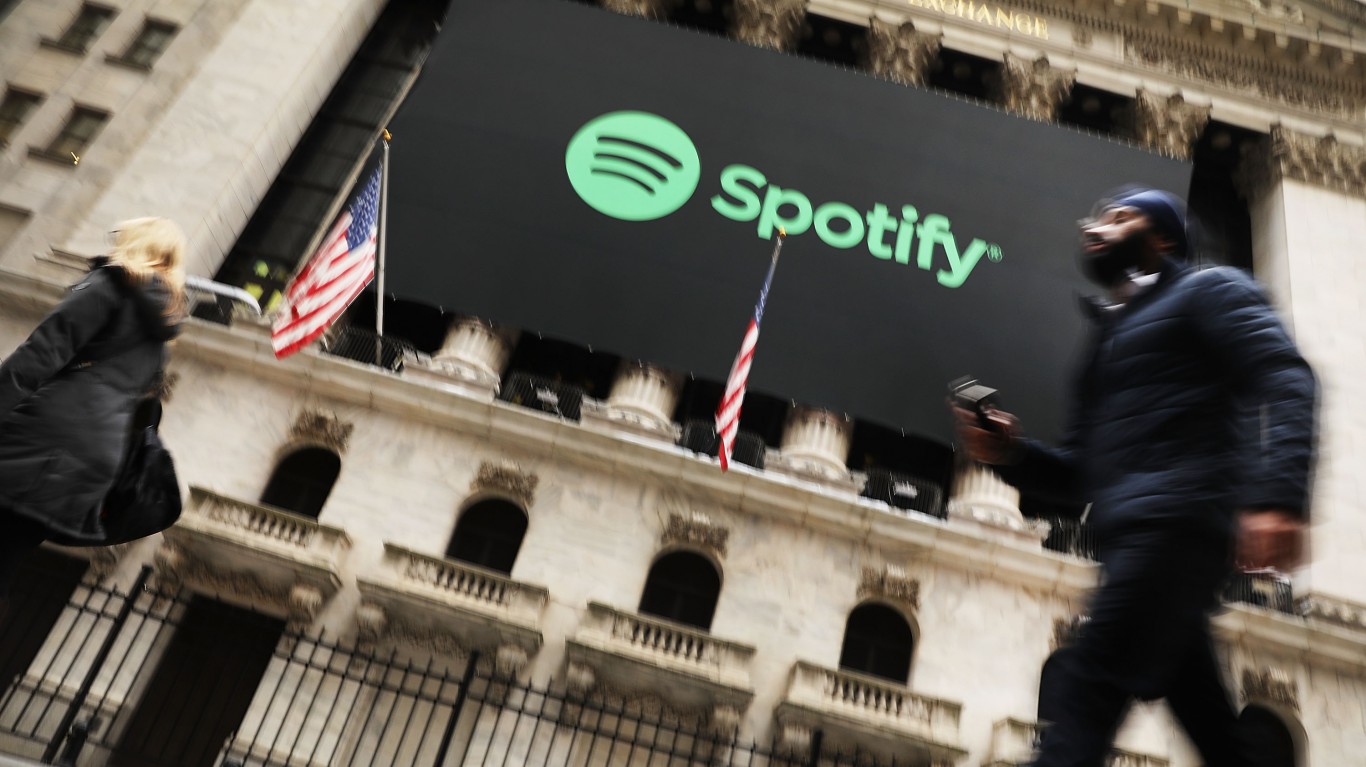Investing
I Believed Microsoft Stock Was Too Expensive, But These 2 Growth Stories Made Me Reevaluate

Published:

Although the Magnificent 7 tech stocks have been the primary drivers for the bullish S&P 500 run over the past few years, they do not trade uniformly and in tandem. For example, Nvidia’s overall run has been significantly greater than its Magnificent 7 peers, while Tesla had languished for a number of months during 2024.
Microsoft (NASDAQ: MSFT), along with Apple, could be considered the tech “senior veteran” members of the Magnificent 7. However, where Apple has maintained a bullish trajectory over the past year, Microsoft has appeared to hit a ceiling that repeatedly has sent it back down twice 10-11%, with the third time just in the past few weeks. Some recent news developments might spike a change in that cycle.
Microsoft has been trading between $400-$450 over the past 12 months (as of the time of this writing), last reaching resistance at $450 in mid-January before falling back to $400-$410.
Nevertheless, analysts are giving Microsoft multiple “buy” ratings, anticipating a price target range as high as $520-$550.
Some recent AI developments could bode very well for Microsoft’s Azure on the upside to justify the analysts’ bullish prognostications.
Last year we published our “The Next NVIDIA” report that called Palantir before its epic run. The report is absolutely free and comes with 38 pages of in-depth research on top AI stock ideas. However, it’s only available for a limited time. Click here to learn more and grab your complimentary copy.

Microsoft and Apple have been rivals ever since Bill Gates and Steve Jobs both launched competing personal computer operating systems that revolutionized the world and brought the mass population into the digital age.
Given both stocks’ performance over the past decade, their Magnificent 7 inclusion is warranted due to their bullish influence on the S&P 500 Index. However, over the past 12 months, Apple has gone from the $183 range to the $240-$260 range. This trajectory has been at a relatively consistent 35 to 45 degree angle.
By contrast, Microsoft has been consistently ping-ponging between roughly $400 and $450 during the same period.
From a trading perspective, this volatile 50-point spread can make for a reliable options play, but Microsoft’s repeated inability to break technical resistance could be interpreted as a sign that the overall market doesn’t think the stock is worth more than $450 per share, barring any new press leases or news developments. Therefore, as an investment, a bullish sentiment might not be justified. However, a closer look between the lines of the company’s latest financial report and a surprise announcement from Elon Musk might be cause for a reevaluation.

Microsoft released its 2025 Q2 financial report at the end of January. Some of the highlights included:
Despite these healthy numbers, the stock fell back to the low end of the $400-$450 trading range as investors expressed disappointment with third quarter future guidance not being as robust as anticipated.

While a case can be made that OpenAI has been a major contributor to Azure AI’s triple digit year over year growth, Microsoft already saw a need to look beyond Sam Altman’s OpenAI and took the proactive step of changing its cloud provider exclusivity arrangement to a right of first refusal. Rumors of Microsoft’s overtures to Anthropic and its large portfolio of AI technologies continue to proliferate. While Microsoft is not cutting ties with OpenAI, it definitely is open to expanding its horizons with other partners for Azure.
A few weeks later, OpenAI’s former co-founder, Elon Musk, publicly announced a $94 billion offer for OpenAI, claiming it was never meant to be a for profit company. This was based on Sam Altman’s intentional departure from the original premise of OpenAI, which was created jointly with Musk to be a not-for-profit entity. Although Altman turned down the offer, controversies about Altman and the suspicious death of OpenAI whistleblower Suchir Balaji remain, and other legal issues may follow. China’s DeepSeek, which has wowed the tech community with its ability to match OpenAI at a fraction of its cost, might be proving Musk’s instincts towards keeping OpenAI a not-for-profit were correct.
In any event, Microsoft is clearly extricating itself from any perception of Azure AI being dependent on OpenAI for further growth, with its 365 Copilot and other projects.
Microsoft’s 365 Copilot chatbot has been a huge home run for the company.

From a current Price to Earnings perspective, the Magnificent 7 stocks’ compare as follows:
| Stock | Price as of 2/13/2025 | Price to Earnings Ratio |
| Apple (AAPL) | $241.53 | 38.34 |
| Amazon (AMZN) | $230.37 | 41.58 |
| Alphabet (GOOG) | $187.88 | 23.34 |
| Meta (META) | $728.56 | 30.52 |
| Nvidia (NVDA) | $135.29 | 53.47 |
| Tesla (TSLA) | $355.94 | 173.63 |
| Microsoft | $410.54 | 33.10 |
Microsoft’s P/E ratio is a relatively low 33.10 compared to its Magnificent 7 peers, with only Alphabet (Google) and Meta (Facebook) with lower ratios. Meanwhile, the following firms’ analysts have issued “buy” ratings for Microsoft with the following price targets since December, 2024:
These firms have no need to maintain a loyalty to Microsoft if they believe that another stock, such as one of the other Magnificent 7 members, will deliver better bang for the buck and further enhance a portfolio. The fact that they remain bullish about Microsoft to the tune of a minimum 25% gain over the next year says a lot about the steps the company has been taking to keep its cutting edge.
Retirement planning doesn’t have to feel overwhelming. The key is finding expert guidance—and SmartAsset’s simple quiz makes it easier than ever for you to connect with a vetted financial advisor.
Here’s how it works:
Why wait? Start building the retirement you’ve always dreamed of. Click here to get started today!
Thank you for reading! Have some feedback for us?
Contact the 24/7 Wall St. editorial team.